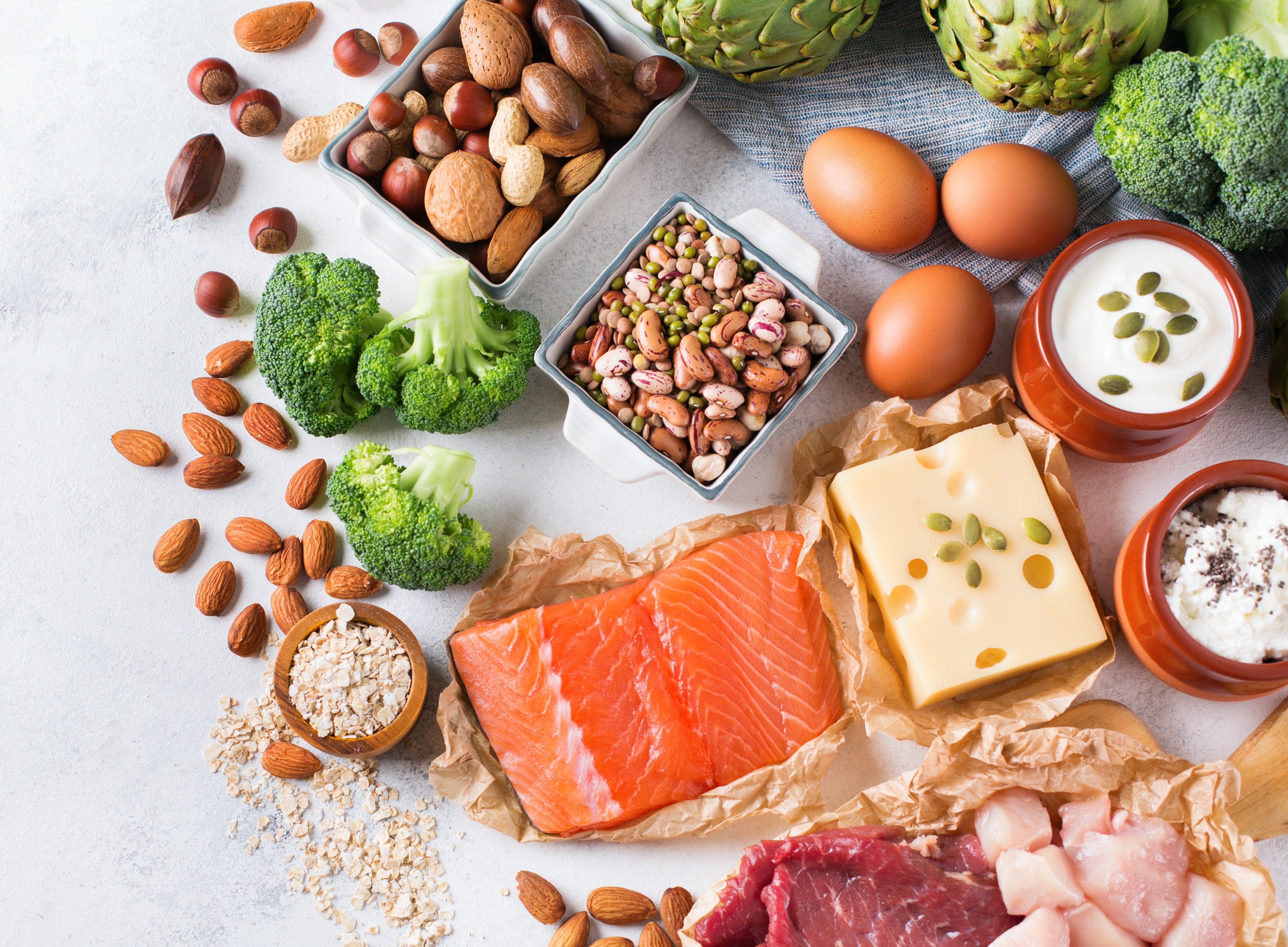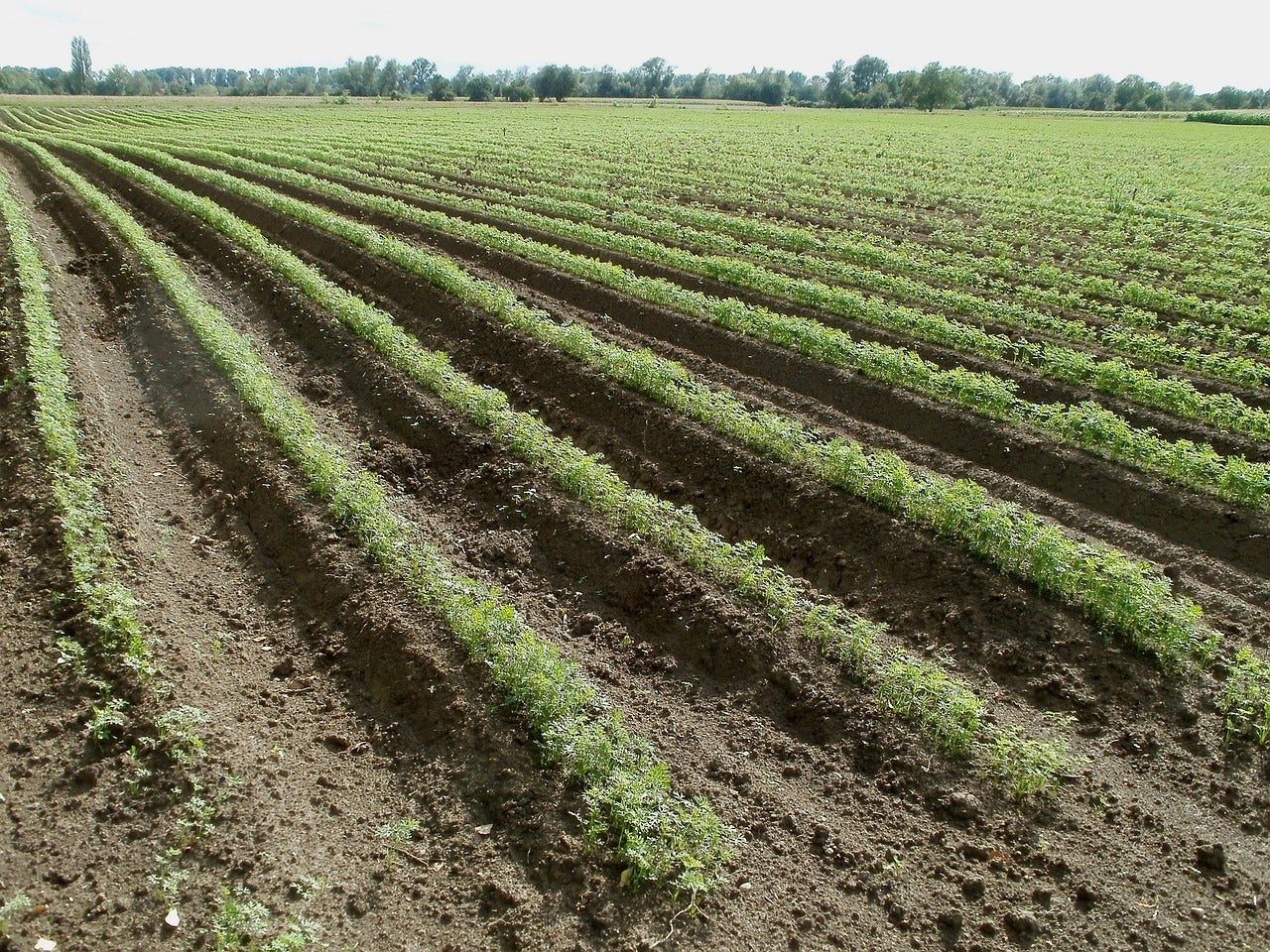
Sustainability is a multifaceted issue, in which the food production system and our diets play a crucial role. Achieving a healthy and sustainable food future is an urgent matter that depends on global collaborative efforts.
What is sustainability, and what does it have to do with food?
“Sustainability” can be hard to define as it can mean different things based on the context in which it’s discussed. However, the concept is much more than a trending buzzword. The most frequently quoted definition was put forth by the U.N.’s Brundtland Commission on sustainable development in 1987: “Sustainable development [meets] the needs of the present without compromising the ability of future generations to meet their own needs.” [1]
Jeffrey D. Sachs, an expert on sustainable development and director of the Earth Institute at Columbia University, wrote: “Like all living species, humanity depends on nature for food and water, materials for survival, and safety from dire environmental threats, such as epidemics and natural catastrophes. Yet for a species that depends on the beneficence of nature, or on what the scientists call ‘environmental services,’ we are doing a poor job of protecting the physical basis of our very survival!” [2]
Indeed, sustainability encompasses the environment, economics, health, nutrition, and other related dimensions. This interconnectedness can be observed in the FAO’s definition of sustainable diets:
Sustainable Diets are those diets with low environmental impacts that contribute to food and nutrition security and to healthy life for present and future generations. Sustainable diets are protective and respectful of biodiversity and ecosystems, culturally acceptable, accessible, economically fair and affordable; nutritionally adequate, safe and healthy; while optimizing natural and human resources. [3]
As we refer to it here, sustainability means the enactment of practices that fulfill the needs of society while protecting the physical basis of our long-term survival, our environment. We cannot have a secure food supply unless that food supply is sustainable.
Why is a sustainable food supply important?
Today, more than three billion people are malnourished and many of our planet’s 7 billion inhabitants eat diets low in quality. At the same time, the world’s population is rapidly expanding, and it is estimated there will be close to 10 billion people on our planet by 2050. [4] When considering sustainable food development, the goal is to ensure a future when this expanded population has both enough food available to eat and access to high quality, nutritious foods.
Thinking about a successful food future must focus on the earth system as a whole, rather than local levels. The “Anthropocene” is a term used to describe the current geological epoch, a time period defined by humanity being the dominating driver of change in atmospheric, geologic, hydrologic, biospheric and other earth systems. In other words, humanity’s influence is at its greatest point in the history of our planet. The term “anthropogenic” is an adjective that denotes “originating in human activity.”
 In terms of anthropogenic activities, agriculture is the largest cause of global environmental change. Examples of global environmental change include climate change, deforestation, desertification, and damage to coastal reefs and marine ecosystems.
In terms of anthropogenic activities, agriculture is the largest cause of global environmental change. Examples of global environmental change include climate change, deforestation, desertification, and damage to coastal reefs and marine ecosystems.
- Food production:
- Contributes approximately 30% of global greenhouse gas emissions, and the livestock sector alone represents almost half (14.5%) of these emissions [5, 6]
- Occupies about 40% of global land [7]
- Uses 70% of freshwater [8]
- Is the largest factor threatening species with extinction [9]
- Causes eutrophication (nutrient overload) and dead zones in lakes and coastal areas [10]
- Has led to a majority (~60%) of the world fish stocks to be fully fished or overfished (33%) – only 7% are underfished [11]
Such global environmental change increases the risk of irreversible and catastrophic shifts in the Earth system marked by rising human mortality, morbidity, conflict, and food insecurity. [12] Agriculture in its current form is simultaneously a driver of global environmental change and a victim of shifting environmental conditions. [13] Without action, the world risks failing to meet the UN Sustainable Development Goals and the Paris Agreement. Simply put: global food systems are not sustainable. We need to rethink how we eat and rethink the way we produce food in the process.
Healthy diets from sustainable food systems
Despite substantial scientific evidence linking diets with human health and environmental sustainability, historically there’s been a lack of globally-agreed upon targets for healthy diets and sustainable food production. However, in 2019, the EAT-Lancet Commission (a group of 37 scientists from 16 countries working in the fields of human health, nutrition, economics, agriculture, political sciences, and environmental sustainability) assessed existing evidence and developed global scientific targets that define a “safe operating space” for food systems. [14] These targets focus on two key areas that apply to all people and the planet:

Target 1: Healthy Diets

Target 2: Sustainable Food Production
A “Great Food Transformation” is necessary
Transitioning to a sustainable food system that can deliver healthy diets for an estimated 10 billion people by 2050 is an unprecedented challenge. However, the Commission emphasizes that “data are both sufficient and strong enough to warrant immediate action, and delay will increase the likelihood of serious, even disastrous, consequences.”
Fortunately, their analysis found this transition would be doable through a combination of substantial dietary shifts toward mostly plant-based dietary patterns, dramatic reductions in food losses and waste, and major improvements in food production practices. Of course, such a “Great Food Transformation” will not happen without widespread, multi-sector, multi-level action guided by scientific targets. To begin this process, the Commission proposes five strategies as general starting points for national, regional, city, and local change:
- Seek international and national commitment to shift toward healthy diets. Transitioning to a planetary health diet will require global consumption of foods such as red meat and sugar to decrease by 50%, while consumption of fruits, nuts, vegetables, and legumes must double. Policies are needed to improve the availability, access, and affordability of healthy foods while disincentivizing the consumption of unhealthy and unsustainable foods.
- Reorient agricultural priorities from producing high quantities of food to producing healthy food. Shift the emphasis in food and agricultural policy from high volumes of a few crops to greater diversity of nutrient-rich crops.
- Sustainably intensify food production to increase high-quality output. Use technology and system innovation to farm existing land with fewer inputs in order to experience better yields, sequester carbon, and conserve existing biodiversity and ecosystem services.
- Strong and coordinated governance of land and oceans. Protect natural ecosystems and biodiversity by collectively acting, at local and global levels, to halt the expansion of agricultural land and harvested marine areas.
- At least halve food losses and waste, in line with UN Sustainable Development Goals. Reduce food loss and waste in food production and consumption phases by 50% using a mix of technological solutions, consumer campaigns, and public policies.
For more information and specifics on these strategies, read the Commission’s full report, Food in the Anthropocene: the EAT-Lancet Commission on healthy diets from sustainable food systems. Or, read the Commission’s briefs for cities, policymakers, farmers, food service professionals, healthcare professionals, and everyone.

WATCH: Creating a sustainable and healthy food future
The bottom line
Achieving a healthy and sustainable food system is an urgent matter that depends on collaborative efforts from governments, the private and public sectors, as well as individuals. Supply and demand work both ways—a shift in the food production landscape depends on a shift in our diets. We must be aware that our food choices ultimately impact more than just ourselves, and primarily plant-based diets are best for both health outcomes and the environment. In the end, what’s good for the planet is good for us too.
Related
- Center for Climate, Health, and the Global Environment at Harvard T.H. Chan School of Public Health (Harvard Chan C-CHANGE)
- For stories of climate hope and action, subscribe to The Climate Optimist newsletter.
Terms of Use
The contents of this website are for educational purposes and are not intended to offer personal medical advice. You should seek the advice of your physician or other qualified health provider with any questions you may have regarding a medical condition. Never disregard professional medical advice or delay in seeking it because of something you have read on this website. The Nutrition Source does not recommend or endorse any products.

